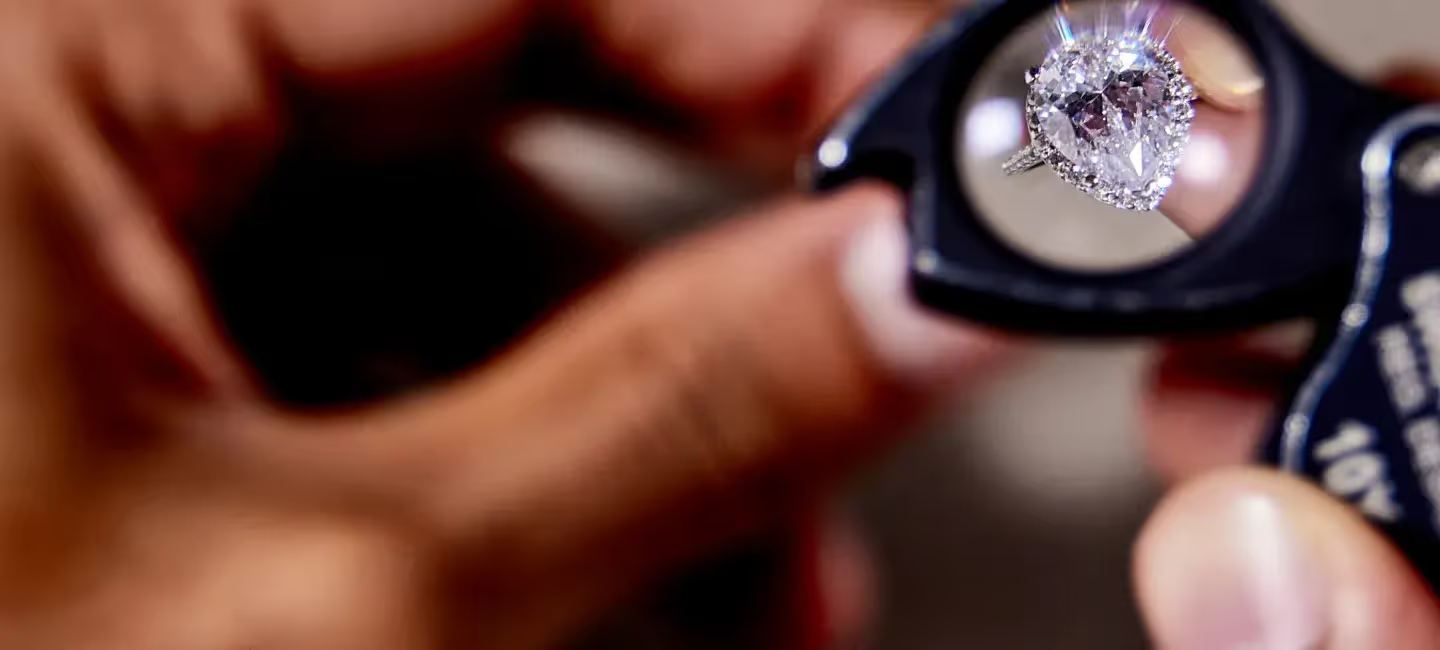For decades, the fine jewelry market was defined by exclusivity. Its pillars were scarcity, tradition, and high-stakes showroom purchases. Today, a new generation of consumers is breaking with that past. They want more than a status symbol; they seek jewelry that reflects their identity, tells a personal story, and feels approachable without sacrificing significance.
This shift is creating a jewelry renaissance, fueled by two powerful forces: lab-grown diamonds and hyper-personalization.
These aren’t niche trends. The global lab-grown diamond market is projected to reach over $74 billion by 2032, up from $26 billion in 2024. At the same time, the personalized jewelry market is expected to exceed $84 billion by 2031. Together, these surging categories signal a fundamental reshaping of the nearly $97 billion U.S. jewelry industry. Winning brands are now competing on accessibility, transparency, and cultural relevance rather than exclusivity.
A New Kind of Customization
One brand perfectly positioned at this inflection point is WOVE. Its original founders, two U.S. Army veterans, started with a radical idea: take the intimidation out of buying an engagement ring. They developed a process where couples design their dream ring with an in-house designer and receive an exact replica made from more affordable materials. This replica can be worn at home, ensuring it’s the perfect fit and style before the final diamond is ever set.
Wove’s CEO Simone Kendle insists on a human-first model—co-creation with a designer and at-home replica try-ons—while using AI only behind the scenes to speed responses, never to replace empathy. That blend of craftsmanship and selective technology makes trust a product feature, not just a brand promise.
This emphasis on co-creation resonated with a generation that values experiences and authentic connection. It’s a stark contrast to the high-pressure showroom model. Though it began in bridal, WOVE’s customization approach quickly expanded its cultural relevance.
When a bracelet with the initials “TNT” was gifted from Travis Kelce to Taylor Swift, it sparked a global conversation and catapulted WOVE into the mainstream. The company saw site traffic surge by 5,000%, followers double, and sales increase by 2,400% almost overnight. What could have been a fleeting viral moment instead became a case study in modern brand building. It underscored how jewelry is evolving into a cultural signal of love, connection, and identity.
The Power of Media-for-Equity
Capturing a viral moment is one thing; sustaining it is another. Traditional marketing can be prohibitively expensive for growth-stage companies. This is where a new investment model, media-for-equity, provides an alternative.
Instead of cash, brands exchange a small amount of equity for premium media inventory—prime-time TV spots, streaming ads, digital out-of-home. It’s a win-win: the brand gains exposure without draining reserves, while the media partner gets a stake in future success. This model has decades of proof in Europe, with notable successes including Zalando, Airbnb, Pinterest, and Rappi among others.
WOVE’s recent $4.25 million media investment from mediaforgrowth (MFG) illustrates how this works. Access to national TV and streaming channels positions the brand to build awareness faster than organic reach or paid social media alone. Paired with culturally attuned activations, this creates a flywheel where visibility fuels momentum, and that momentum attracts new audiences and investors. It enables brands to tell their story at scale—a critical advantage in a market shifting from static luxury to dynamic self-expression.
Redefining the Industry Blueprint
The jewelry market is at a turning point. Future growth won’t come from brands clinging to old traditions but from those that champion transparency, personalization, and narrative. The rise of lab-grown diamonds and customization signals a future where fine jewelry is less about inheritance and more about individual expression.
The success of brands like WOVE demonstrates a new blueprint for legacy industries. By aligning with changing consumer expectations and leveraging innovative models like media-for-equity, companies can not only survive but thrive. The broader lesson is clear: when consumer values shift, industries must redefine themselves from the ground up.








